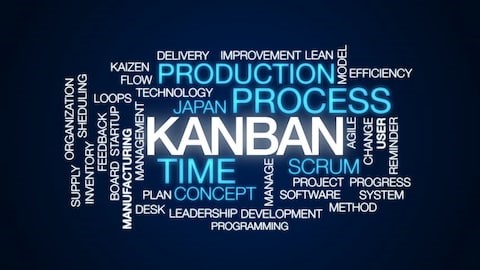
Process Description Capturing Method (PDCM) is a method designed to model the decisions, actions, and activities of an organization or system. Effective PDCM models help organize the analysis of an organization’s business and system processes to promote excellent communication between the analyst and the customer. PDCM and is useful in establishing the scope of analysis, especially for functional analysis. As a communication tool, PDCM enhances domain expert involvement in concise decision-making through simplified graphic devices. As an analysis tool, PDCM assists the modeler in identifying what functions are performed, what is needed to perform those functions, with the current system does right, and what the current system does wrong. Thus, PDCM and models are often created as one of the first tasks of an organization’s business and system development or enhancement effort.








